NASA Confirms Earth Has a Second Moon, and It Will Stay With Us Until 2083

For the first time in modern history, astronomers have confirmed that Earth is not traveling through space alone. NASA has verified the existence of a small quasi-moon a miniature cosmic companion named 2025 PN7 that has been quietly orbiting near Earth for more than half a century and is expected to stay with us until 2083. The discovery, first made by astronomers at the University of Hawaii using the Pan-STARRS telescope in August 2025, has sent ripples through both the scientific community and the public imagination. It sounds like something out of a science fiction story: Earth now has two moons. Yet behind the sensational headline lies a subtle and fascinating truth about how our planet moves through the cosmos, accompanied by a tiny celestial partner dancing in near-perfect synchrony.
This new quasi-moon is far too small to see with the naked eye. Measuring between 18 and 36 meters across roughly the size of a small building 2025 PN7 does not shine with the bright, reflective light of our familiar Moon. Instead, it is a faint, dark wanderer, quietly tracing its path through space. Despite its size, the asteroid offers scientists an extraordinary opportunity to study the delicate gravitational interactions between Earth, the Moon, and near-Earth asteroids. To the rest of us, it offers something more symbolic: a reminder that our planet’s journey through the universe is not solitary. Like a cosmic reflection of companionship, 2025 PN7 embodies both the precision of celestial mechanics and the poetry of shared motion.
What Is a Quasi-Moon?
A quasi-moon is not a true satellite like our familiar Moon. Instead, it is a small body that orbits the Sun in nearly the same path as Earth. Because of this close synchronization, it appears, from our perspective, to loop around our planet as if it were orbiting us directly. Astronomers describe this motion as a 1:1 orbital resonance meaning that both Earth and the quasi-moon take roughly the same amount of time to complete a single orbit around the Sun. From the ground, this can create the illusion of a secondary satellite following us through space.
2025 PN7 has likely been accompanying Earth since the 1960s. It moves in an elongated, slightly tilted orbit that brings it as close as 4 million kilometers and as far as 17 million kilometers from our planet. Though that distance is nearly ten times farther than our Moon, the asteroid’s orbit mirrors ours so precisely that it has remained in step with Earth for decades. The gravitational forces of the Sun, Earth, Venus, and Jupiter all play a role in maintaining this delicate balance, nudging the quasi-moon gently as it loops through space. This equilibrium won’t last forever by 2083, scientists predict that gravitational shifts will finally pull 2025 PN7 out of resonance, sending it drifting back into the broader solar system.
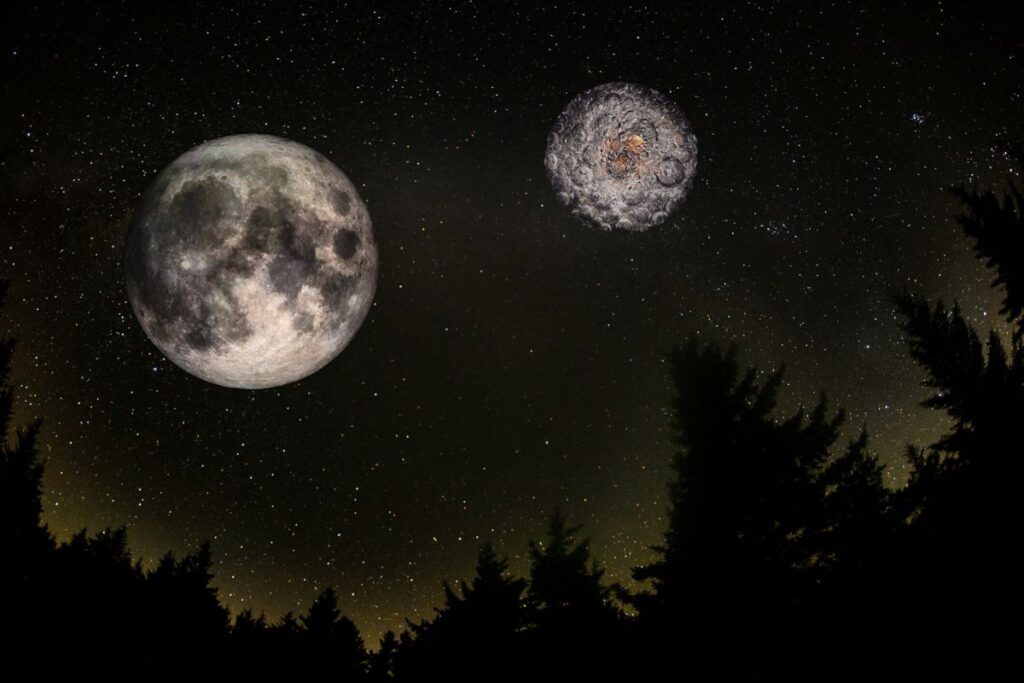
While quasi-moons sound exotic, they are exceedingly rare. To date, astronomers have confirmed only eight known quasi-moons associated with Earth. Each one provides unique insights into the dynamics of near-Earth space. Studying them allows scientists to refine orbital models, test asteroid detection systems, and improve predictions for future encounters. 2025 PN7 is the smallest of these cosmic companions, but its long-term stability makes it one of the most scientifically intriguing.
Spiritually speaking, quasi-moons embody a symbolic reflection of resonance and companionship. They are reminders that even the vast emptiness of space is not truly empty it is filled with relationships, with subtle gravities that bind bodies together in motion. In the same way, human lives are defined by invisible gravitational pulls: emotions, relationships, and synchronicities that shape our paths without our constant awareness.
How 2025 PN7 Was Discovered
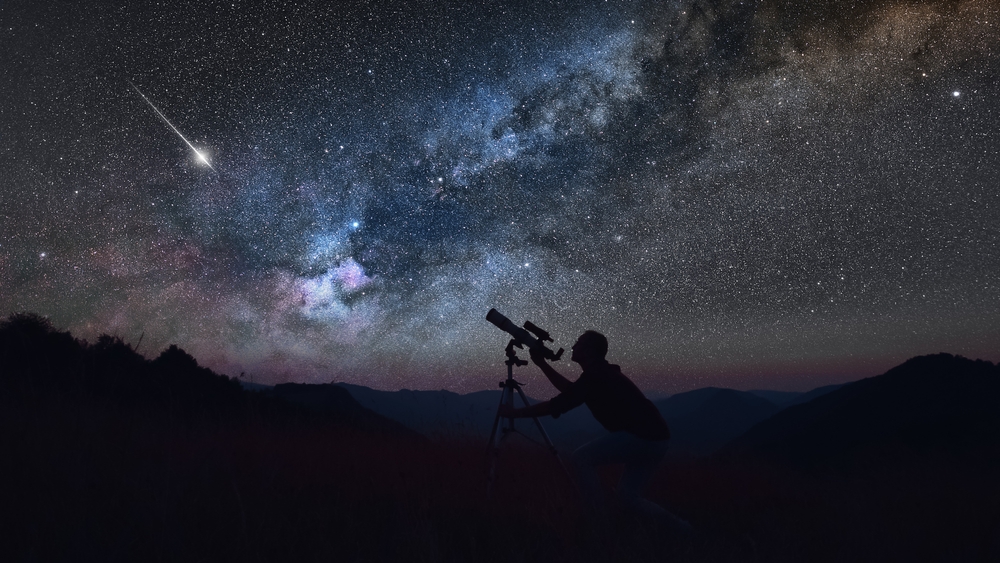
The discovery of Earth’s second moon was not a single flash of revelation, but a slow unveiling. On August 29, 2025, the Pan-STARRS observatory in Hawaii captured faint images of a moving object against a backdrop of stars. Over the following weeks, astronomers tracked its path, noticing that its apparent motion matched Earth’s orbital pace almost perfectly. When NASA confirmed its classification as a quasi-moon, researchers dug into old astronomical archives and found that the object had actually been appearing in sky survey data since the 1950s, unnoticed amid thousands of similar faint objects.
This discovery exemplifies how science often advances: not through sudden discovery, but through careful re-examination of what has been there all along. For sixty years, 2025 PN7 had been shadowing Earth, unseen. Only now, with modern telescopes and refined computational models, could we perceive its presence. It’s humbling to realize that our cosmic neighborhood is still full of mysteries that can remain hidden in plain sight.
From a symbolic perspective, the quasi-moon’s long invisibility can be seen as a metaphor for the unseen patterns that accompany our own lives. Much like 2025 PN7, synchronicities and guiding influences may orbit quietly beside us, their presence revealed only when we learn to look differently. The cosmos is not just a stage for physical phenomena; it’s also a mirror for the subtle rhythms of consciousness.
The Dance of Gravity: How Quasi-Moons Move
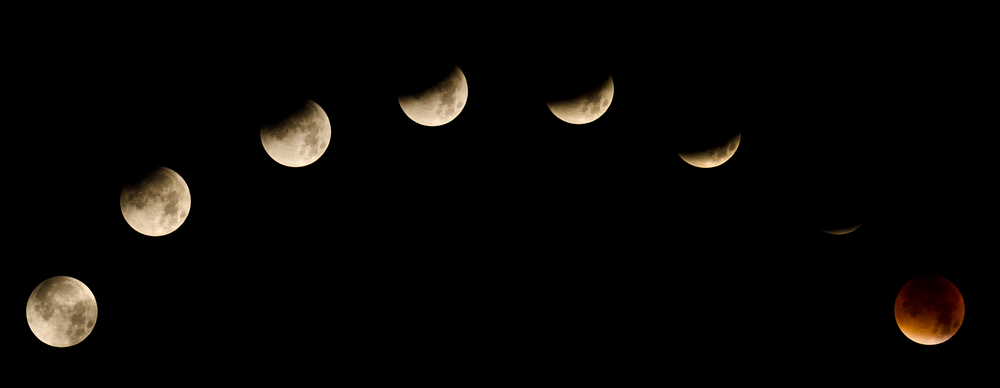
To understand 2025 PN7’s motion is to appreciate the elegance of celestial dynamics. In the language of astronomy, the asteroid follows what is known as a co-orbital configuration. It moves around the Sun in nearly the same period as Earth but oscillates slightly ahead or behind in its orbit. From our point of view, this creates a looping pattern, as if the asteroid were tracing a slow, graceful orbit around our planet.
Imagine two runners on a circular track one slightly inside, one slightly outside. They run at nearly the same speed, sometimes appearing side by side, sometimes drifting apart, but always maintaining a rhythm. That is the essence of a quasi-moon’s relationship with its planet. This motion is maintained by a fragile balance between gravitational forces. If the asteroid gets too close, Earth’s gravity pulls it away; if it drifts too far, the Sun’s gravity dominates. In this cosmic dance, both bodies move in harmony, never colliding, never fully parting ways.
For scientists, understanding these motions is crucial. By studying 2025 PN7’s orbital behavior, researchers refine their ability to predict how other near-Earth asteroids will move. Such knowledge could be vital for future missions designed to intercept or deflect potentially hazardous objects. For spiritual thinkers, the metaphor is irresistible: in a universe governed by gravity and motion, harmony exists not in stillness but in balance. Everything that moves together must constantly negotiate its relationship to everything else.
What Makes 2025 PN7 Special
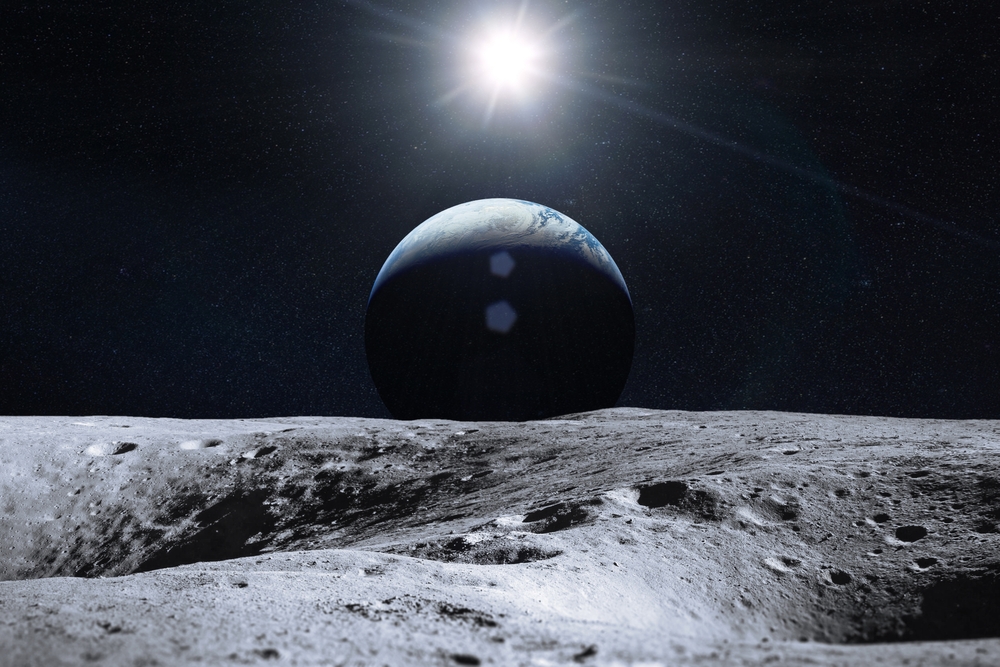
2025 PN7 stands out among quasi-moons for several reasons. First, it is exceptionally small a just under 30 meters across, it is barely the length of a commercial airplane. Yet despite its modest size, its orbit has proven remarkably stable for nearly six decades. This stability makes it an ideal candidate for close observation and potential future exploration. Because quasi-moons orbit near Earth, they require relatively little energy to reach, offering opportunities for robotic missions that could test new spacecraft technologies or study the material composition of small near-Earth objects.
The asteroid’s small size and dark surface make it virtually invisible to all but the most powerful telescopes. It reflects very little sunlight, which is why it went unnoticed for so long. Even during its closest approach about 299,000 kilometers, slightly closer than our Moon it remains too dim to be seen without advanced instruments. For astronomers, that makes 2025 PN7 both a challenge and a delight: a nearly invisible traveler whose faint light carries valuable data about our cosmic environment.
But beyond the science, there is a poetic quality to this small object’s companionship. Humanity has long mythologized the Moon as a mirror of emotion and change its phases tied to tides, cycles, and consciousness. The idea of a second, hidden moon adds another layer to that symbolism: the concept of unseen forces accompanying us through cycles of evolution. If the Moon represents the visible self the part of us illuminated by awareness then the quasi-moon could symbolize the shadow companion, the hidden rhythm guiding us in silence.
Why Quasi-Moons Matter: Science and Symbolism
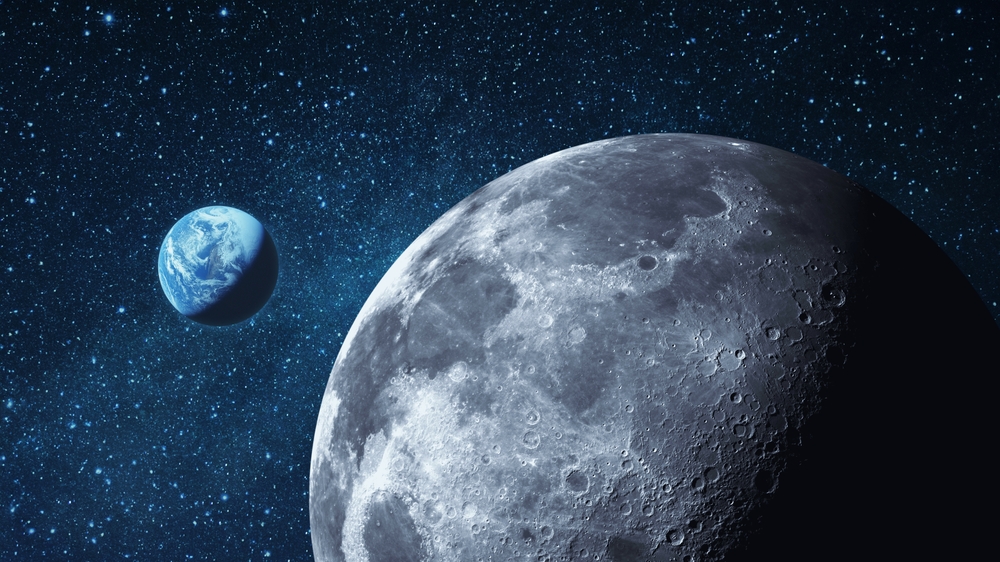
From a scientific perspective, studying quasi-moons deepens our understanding of gravitational resonance, orbital stability, and the long-term evolution of near-Earth space. Each discovery sharpens our predictive models for asteroid behavior, improving both planetary defense and mission planning. Because quasi-moons are accessible and relatively stable, they may one day serve as waypoints for future space exploration miniature laboratories where spacecraft can practice landings, take samples, or even establish observation platforms.
However, the significance of 2025 PN7 extends beyond astrophysics. On a symbolic and spiritual level, its discovery challenges our perception of solitude. Earth, it turns out, has not been journeying alone for sixty years. This small companion, invisible to our eyes, has shared our orbit in perfect synchrony. The universe, in its vastness, often mirrors the principles of resonance and reflection found in human consciousness. Just as quasi-moons move in rhythm with planets, so too do thoughts, intentions, and energies move in resonance with one another. Harmony, whether celestial or personal, arises when forces align in shared motion.
In mythology, the presence of twin moons often symbolizes duality light and shadow, seen and unseen, awareness and mystery. In this light, 2025 PN7 can be seen as a cosmic metaphor for hidden potential and shared evolution. Its fleeting companionship reminds us that stability in the universe is temporary but meaningful. Even the briefest alignment of orbits can create profound connection.
The Future of 2025 PN7: A Temporary Companion
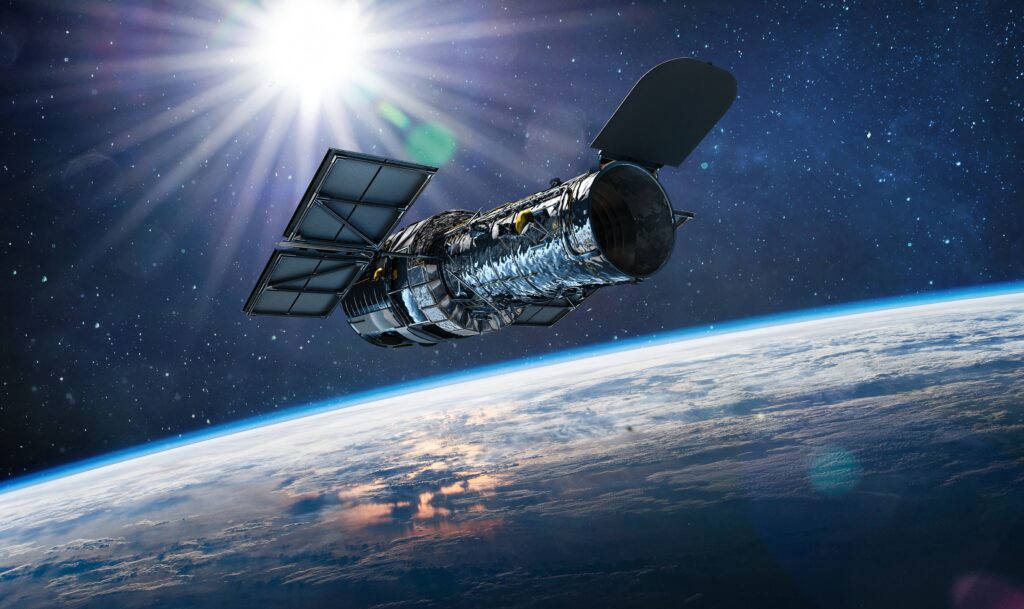
NASA predicts that 2025 PN7 will continue to accompany Earth until roughly 2083. After that, gravitational interactions with the Sun and other planets will gradually destabilize its orbit, causing it to drift away into the broader solar system. This slow farewell is part of a natural cycle; quasi-moons come and go, caught and released by planetary gravity over spans of decades or centuries.
For scientists, the next sixty years offer a unique opportunity. Space agencies may one day send missions to study 2025 PN7 up close, using it as a stepping stone for more ambitious projects. Its accessibility could make it a testing ground for technologies aimed at asteroid mining, planetary defense, or deep-space navigation. Each observation, each data point, will enrich our understanding of how small celestial bodies interact with Earth’s gravitational field.
For humanity as a whole, this temporary companionship is a reminder of impermanence and connection. The cosmos is in constant motion; nothing is static. Yet even in this vast dance of gravity and light, moments of resonance emerge brief intervals where two bodies share the same path before parting ways. 2025 PN7 will one day move on, but during its decades-long journey beside Earth, it invites us to reflect on our own shared orbits: the relationships, ideas, and patterns that accompany us for a time before drifting into new trajectories.
A Mirror in Motion
The discovery of 2025 PN7 expands both our scientific knowledge and our sense of wonder. It shows us that even the smallest celestial bodies can hold immense meaning when we view them with curiosity and reflection. Earth’s second moon is not a bright new light in the night sky, but a subtle reminder of the interconnectedness of all things. In the vastness of space, companionship can take many forms gravitational, symbolic, or spiritual. Our world, it seems, is surrounded not only by the familiar Moon that lights our nights but also by the quieter presence of an unseen partner tracing our journey around the Sun.
By the time 2083 arrives and 2025 PN7 departs, humanity will likely have expanded its reach into space. Perhaps by then, we will have visited this small companion, touched its surface, and understood its nature more deeply. Whether viewed through telescopes or through the lens of imagination, Earth’s second moon reminds us of a profound truth: in a universe defined by motion, even the smallest harmonies matter. The cosmos, like consciousness itself, is woven from shared rhythms and for now, one of those rhythms moves quietly beside us, looping through space as both mystery and mirror.
Loading...

